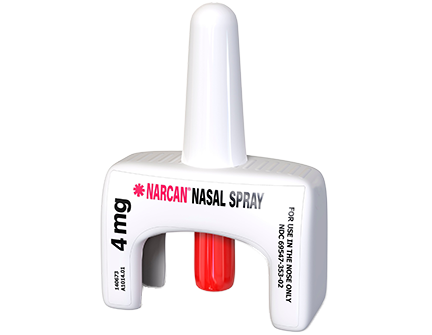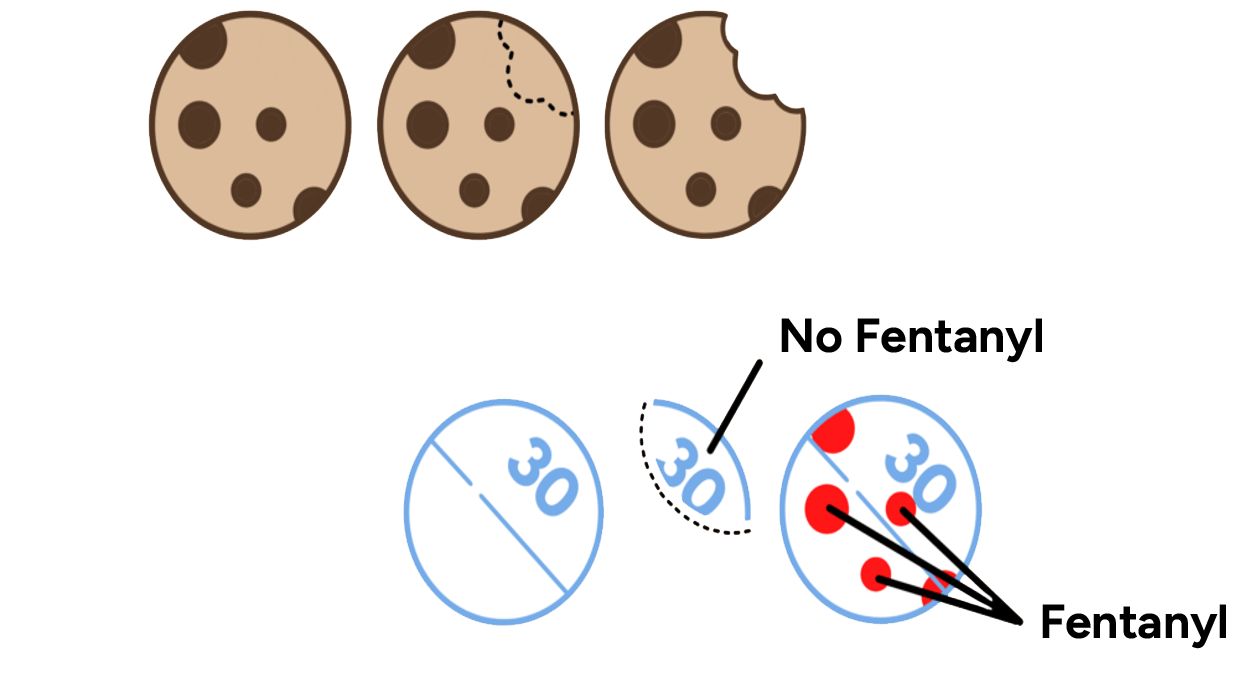Harm Reduction
Harm reduction is a set of principles, policies, and strategies to reduce the negative consequences associated with substance use.
Harm reduction is a way of preventing disease and promoting health that “meets people where they are” rather than making judgments about where they should be in terms of their personal health and lifestyle.
Accepting that not everyone is ready or able to stop risky or illegal behavior, harm reduction focuses on promoting scientifically proven ways or mitigating health risks associated with drug use and other high-risk behaviors, including condom distribution, access to sterile syringes, medications for opioid dependence such as methadone and buprenorphine, and overdose prevention.
Naloxone (Narcan)
Narcan is a life-saving medication that reverses opioid overdoses by rapidly binding to opioid receptors, blocking the effects of opioids. It can restore breathing within 2 to 3 minutes in a person whose breath has slowed or stopped due to an opioid overdose or poisoning. More than one dose may be required and is okay to administer. When in doubt, administer Narcan and give a second dose if necessary. If the person is not suffering from an opioid overdose or poisoning, Narcan will not hurt them and has no damaging effects.
Fentanyl Test Strips
While fentanyl test strips have the potential to reduce fatalities, they are not 100% reliable and do not guarantee the safety of a drug. The concentration of fentanyl in counterfeit pills is inconsistent, so testing a portion of a pill may not accurately detect fentanyl. The safest choice is to avoid taking illicit opioids, but if a person chooses to take a pill that has been tested, they should start with a small dose and go slowly.
What Can Impact Fentanyl Test Strips?
Kristel Suchland from the Sacramento County Crime Lab explains the factors and variables that can affect the accuracy of fentanyl test strips and what people need to know to protect themselves.
The Chocolate Chip Cookie Effect
One of the things that can make test strips ineffective is something called the “chocolate chip cookie effect.” This implies that a portion of the drug you are testing may not contain fentanyl, while another portion does. The distribution of fentanyl in a drug may be uneven, so the part of the drug you are testing may come back negative even though it may actually contain a lethal amount.
The safest thing to do is never take a drug that has not been prescribed to you by your doctor.




